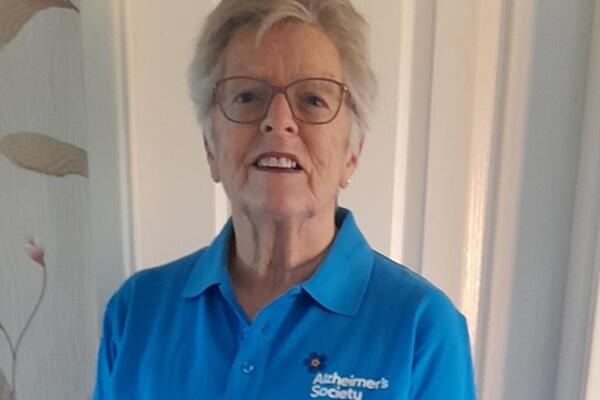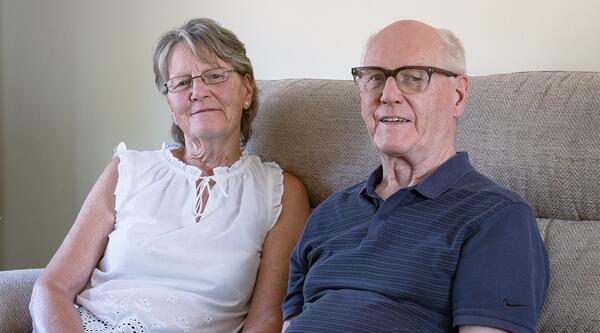Dementia-friendly environment checklist
Running an event or meeting? We've produced this checklist to help you make your event as dementia-friendly and inclusive as possible.

There are simple steps you can take to include everyone, from inviting your local care home, or Alzheimer’s Society group, to making sure all signage is clear and there’s not too much noise.
Below is a checklist to make your event dementia friendly. This list is not exhaustive, and you shouldn’t be put off your event if you cannot tick them all off. If possible speak to people living with dementia and ask them how they find the area.
You can also print a PDF version of this checklist to take with you or pass on to others.








For a more information on how environments can affect people with dementia, go to our dementia-friendly resources.